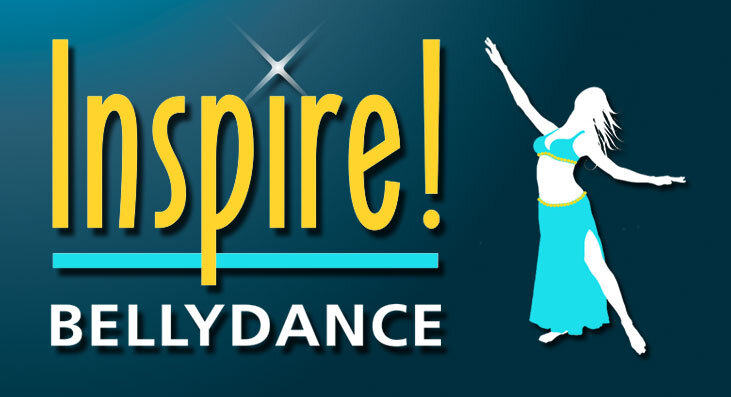Detailed Descriptions
1. Hacha’a - Daggers dance
Hacha’a is one of the most popular traditional Iraqi dance styles, known as the Scorpion Dance, Hacha’a is grounded, heavy, and intensely expressive. It emphasises complex hair movements and hip work, and can also incorporate dagger movements. The dance is often performed by women and is celebrated for its emotional depth, as well as its strong connection to Iraqi poetry and music.
2. Hair & Shimmies Technique – Signature Iraqi Styling
This session focuses on the safe and expressive execution of hair movements, with a special emphasis on their role in Hacha’a style. Dancers will learn how to build strength, control, and fluidity for dramatic hair flicks while protecting the neck and spine. We’ll also explore a full range of Iraqi-style shimmies — from head and shoulder shimmies to hip-driven accents — breaking down technique and application across different styles such as Hewa, Hacha’a, and more. This is a movement-focused class designed to develop precision, endurance, and dynamic expression through some of the most iconic elements of Iraqi dance.
3. Khashaba – Folklore from the Heart of Basra
Khashaba is a traditional Iraqi dance deeply rooted in the cultural heritage of Basra, where it is recognised as an important form of Iraqi folklore. Elegant and classy, yet playful and full of energy, Khashaba is performed by both women and men. The dance features grounded footwork, hip work, shimmies, and expressive head and hand gestures.
4. Basrawi and Chobi
Basrawi dance also originates from Basra, in southern Iraq, and shares cultural ties with the Arabian Gulf dance traditions. While it may resemble Khaleegy in some movement vocabulary, Basrawi has a heavier, more grounded feeling, reflecting the unique musical and emotional landscape of Iraq’s southern region. This dance iincludes hip work, graceful arms, use of the thobe, footwork, etc.
Chobi is a traditional Iraqi dance performed by both men and women at festive occasions such as weddings, holidays, and community gatherings. Deeply rooted in Iraq’s cultural heritage, Chobi is more than just movement — it reflects the spirit of Iraqi music, poetry, and collective celebration. The dance is performed in a line or circle, with dancers holding hands and moving in synchronized footwork patterns. From its steps to its songs, melodies, and mawaweel (vocal improvisations), Chobi embodies a shared identity passed down through generations — an energetic and joyful expression of pride, connection, and tradition.
5. Iraqi Choreography
In this workshop, we will learn a Hacha’a-style choreography that introduces the Ruba’a rhythm and brings together key elements of the style, including footwork, shimmies, hair flicks, floor work, and distinctive head and hand gestures.The choreography focuses on musical interpretation, cultural expression, that define this rich Iraqi dance tradition.
Previous experience is required. If you haven’t trained in Hacha’a before, we recommend attending the Hacha’a and Shimmies & Hair Technique workshops beforehand to build the foundation needed for this piece.

